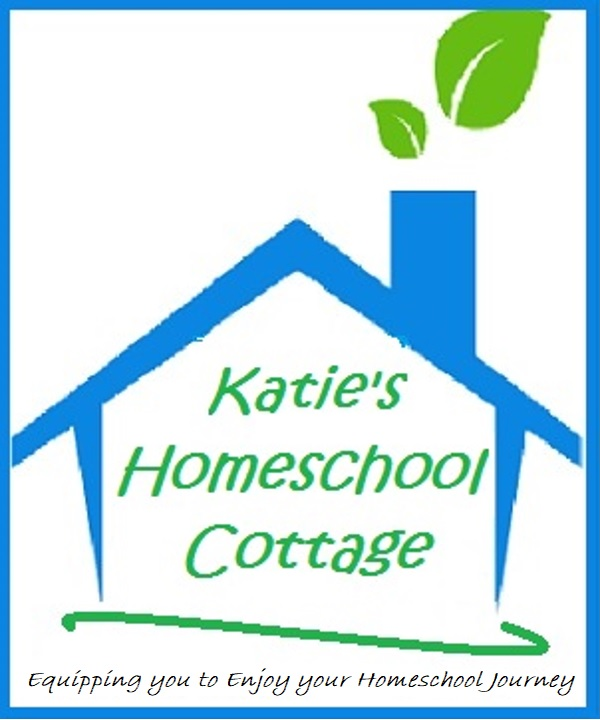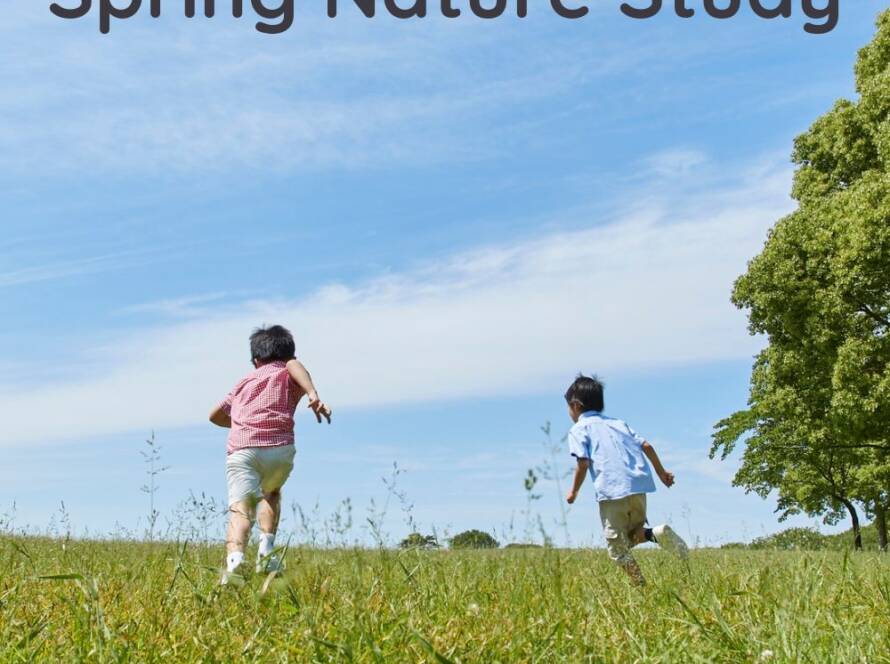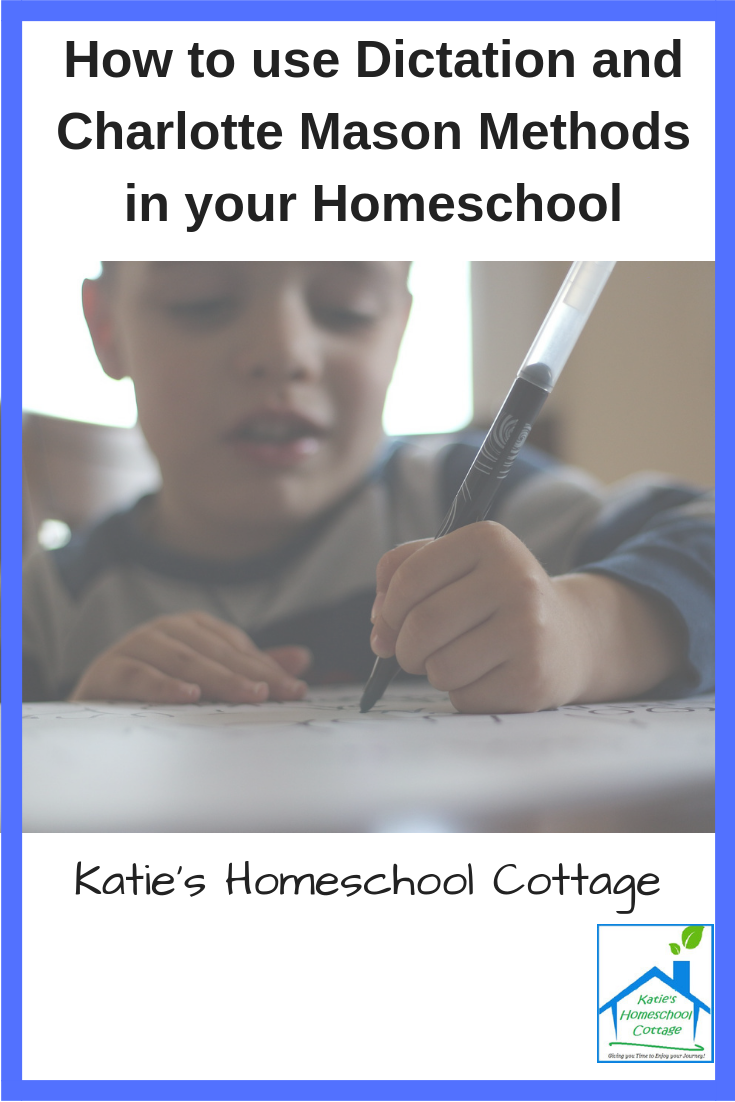Homeschool Science the Easy Way: A Natural Approach to Learning
Hey mama! Can we chat for a minute about something that used to keep me up at night? Homeschool science. Yep, that dreaded subject that made me break out in a cold sweat every time I thought about teaching it to my kids.
I remember scrolling through curriculum catalogs, seeing all those expensive lab kits and thick textbooks, feeling like I was somehow failing my children because I didn’t have a science degree or a fully equipped laboratory in my basement. Maybe you’ve been there too?
But here’s what I discovered after years of trial and error, tears, and a few spectacular science “fails” – the most amazing science education doesn’t happen in a sterile classroom. It happens right outside your door, in your messy kitchen, and curled up together reading incredible books that make your kids go “WOW!”
Let me share what worked beautifully in our homeschool, because honestly, once I figured this out, science became one of our favorite subjects. No kidding!
Nature Journals: Your Secret Weapon (And It’s a Low Cost)
Okay, let’s start with the game-changer for science in your homeschool – nature journals.
I know, I know, you’re thinking “Journaling? I can’t get my kiddo to write! Or, we are not artists.” But stick with me here because this one simple tool revolutionized how my kids saw the world and approached homeschool science.
All you need is a composition notebook from the dollar store and a pencil. Or printed nature journal pages.
That’s it. No fancy supplies required! Give each child their own journal and make it sacred – this is THEIR scientist notebook where they record their discoveries.
Here’s how we did it: Every day (yes, every single day, even if it’s just for five minutes), we stepped outside. It might be the backyard, the front porch, or even just looking out the window on rainy days. The kids observed something – anything! – and wrote about it in their journals.
To help you and your kiddos get started in your observations, use these observation log pages in this Nature Study Journals Pages booklet.

Or, start your little ones observing their natural surroundings with one of our Scavenger Hunt pages –
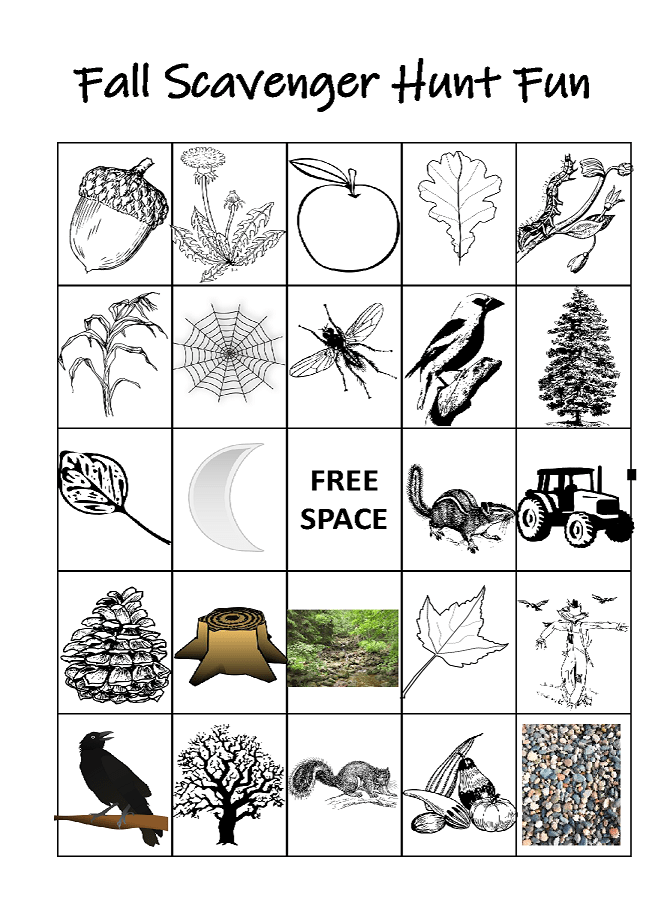
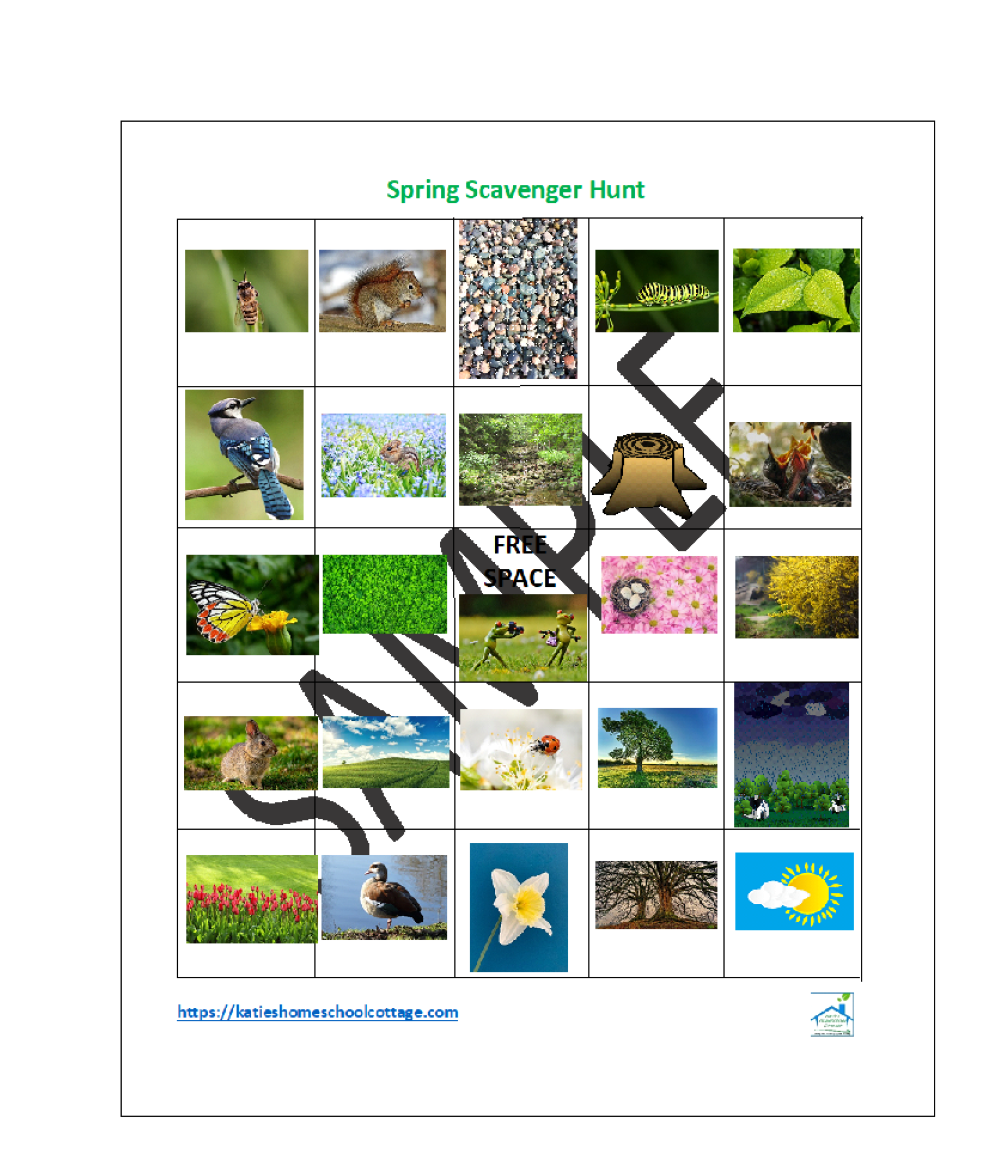
We would put our journal pages on a clip board and then put them in a 3-ring binder. And save this activity for our afternoon learning. We even included it in a nature walk or hike, a visit to a nature center, or even an outside picnic and made our observations after lunch.
My youngest started by drawing stick figure birds and writing “bird flew.” He moved from writing basic sketches and just a couple of words to noticing and adding more detail to his observations and a page full of written descriptions notating details of the natural object, where he saw it, any behaviors and distinguishing characteristics.
The magic happens over time. When you look back through months of entries, patterns emerge. Your kids start noticing that certain flowers bloom at specific times, that birds behave differently in different weather, that clouds have patterns. They become real scientists without even realizing it!
And mama, don’t stress about perfect entries or beautiful handwriting. Some days my kids wrote one sentence. Some days they just drew. The consistency matters more than perfection.
And if you want help organizing your nature study with more structure with suggested books, activities, experiments, different printable journal pages and more – you’ll want to try one of our seasonal nature studies or a full year nature study, or our activity ebook about why and how leaves change color in the fall.
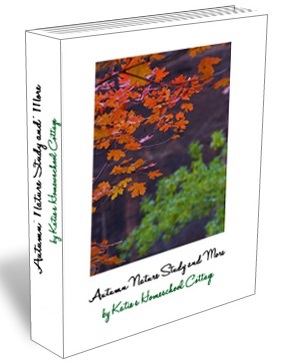
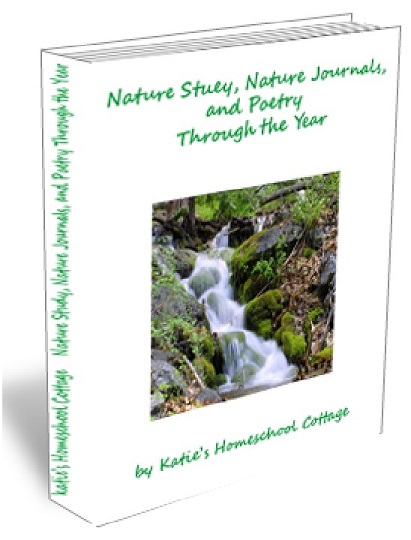
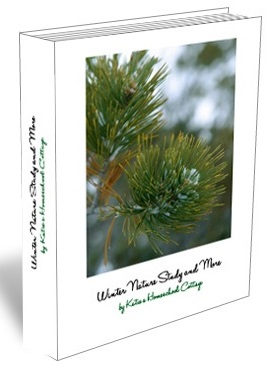


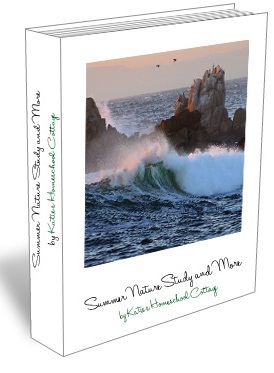
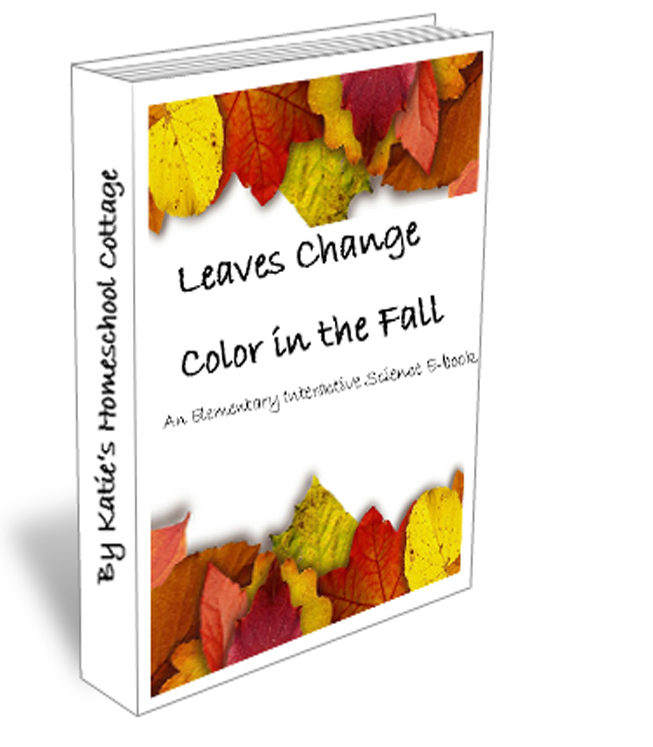
For more details about how we used nature journal pages, nature walks and nature studies, you can watch my video How to Use Nature Study in your Homeschool.
Living Books: Science Stories That Stick
Can I tell you a secret? I used to think science books had to be boring to be educational. Those dry textbooks with their sterile diagrams made me want to take a nap just looking at them!
Then I discovered living books, and everything changed. These are books written by people who are absolutely passionate about their subjects – books that tell stories, paint pictures with words, and make you care about what you’re learning.
Read Using Living Books in your Home School to learn more about living books and how to use them, along with some suggestions of sources for these kinds of books.
Instead of reading about photosynthesis in a textbook, we read “The Great Kapok Tree” and suddenly my kids understood why trees matter. Rather than memorizing insect parts, we followed “The Magic School Bus” adventures and laughed while learning. When studying birds, we read “Stellaluna” and “Are You My Mother?” and suddenly ornithology became personal.
Here’s my confession: I checked these books out from the library and often ended up buying them because we loved them so much. My kids would grab these books during free reading time, which never happened with textbooks!
Some of our absolute favorites include anything by Gail Gibbons (her books cover everything from weather to butterflies), the “Magic School Bus” series (obviously), and biographies of scientists like “The Girl Who Thought in Pictures” about Temple Grandin.
The beautiful thing is that you’re learning right alongside your kids. I’ve learned more about science reading these books than I ever did in school! And when your eight-year-old randomly shares fascinating facts about monarch migration because they remembered something from a book they loved, you’ll know this approach is working.
Field Guides: Turning Curiosity Into Knowledge
Remember when your toddler asked “What’s that?” about everything they saw? Well, field guides help you actually answer those questions when your kids find interesting things in nature!
I’ll be honest – I used to panic when my kids brought me mysterious bugs, unknown flowers, or weird rocks. I began to say, “Let’s look it up!” and we became detectives together.
Start with guides specific to your area. We still have a local bird guide, a wildflower book, and a tree identification guide years later. The kids became experts at using these, and it made our nature walks so much more interesting.
Here’s a real example: Last spring, my son found a caterpillar and was convinced it was going to become a monarch butterfly. We looked it up in our insect guide and discovered it was actually a swallowtail caterpillar. This led to an entire week of learning about butterfly life cycles, what different caterpillars eat, and why some butterflies look similar but are actually completely different species.
We then ordered some caterpillars from science supplier with a butter habitat and watched and documented the entire butterfly cycle up close. It was such a touching experience releasing them to the wild when they were ready.
We always had a guide or two in our nature hike backpack.
Don’t feel like you need to buy every guide available. Start with one or two, use them regularly, and add more as your family’s interests develop. The library usually has great field guides too!
There are also apps for your phone now (that didn’t exist when I was homeschooling, sigh) that you can use if field guides are not at your finger tips. I use them for myself!
One app is “Lens” and helps you identify anything you can snap a picture of and the other is “Merlin” which helps identify any bird calls around you and gives you picture and information about any bird you select.
I love these when I am outside and either listen to the birds or come across a plant, flower or tree I need help in identifying.
Unit Studies: When Everything Connects
Unit studies are where the magic really happens because everything starts connecting in beautiful ways. Instead of isolated subjects, you’re weaving science into history, geography, literature, and art.
Let me tell you about our Johnny Appleseed unit study because it was such a hit! We started by reading about Johnny Appleseed and talking about why apples were so important to pioneers. Then we planted apple seeds (you can sprout the seeds in a plastic baggies with moist paper towel, if you want) (yes, from apples we ate for snack) and started our own little orchard experiment.
The kids documented the seed germination in their nature journals, we read books about apple tree life cycles, and we learned about pollination by watching bees in our yard. We made apple prints using the natural star pattern inside apples (art meets science!), visited a local orchard to talk with real farmers, and cooked applesauce while discussing how heat changes food structure.
What started as a simple story about Johnny Appleseed became weeks of integrated learning covering botany, history, geography, nutrition, and chemistry. And the kids were engaged the entire time because it all felt connected and purposeful.
Here is our Johnny Appleseed and Apple Life Cycle Unit Study for preschoolers through 1st grade and another unit study for grades 2-5.
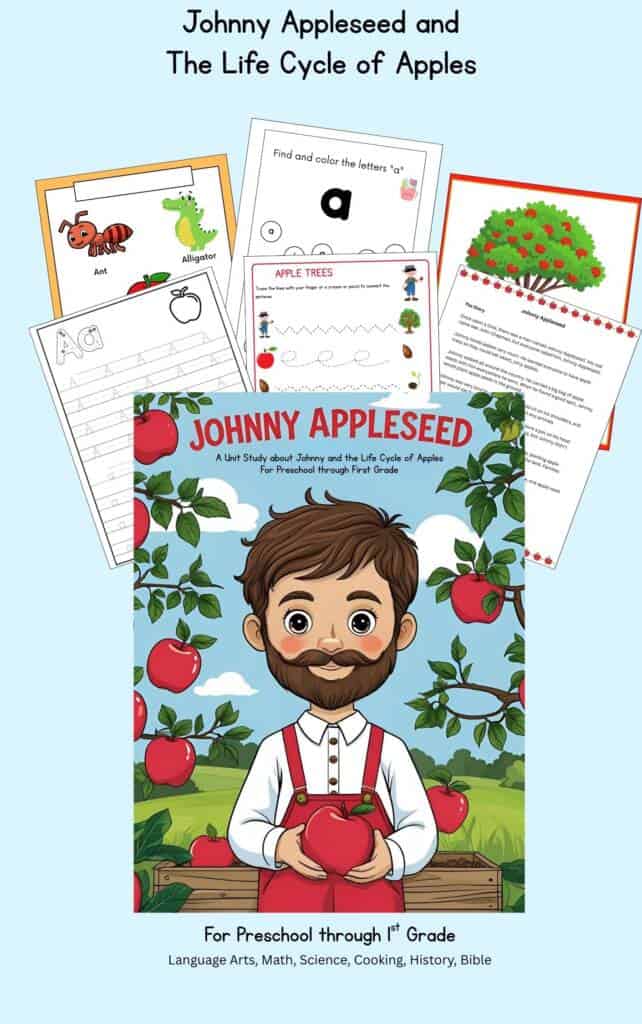
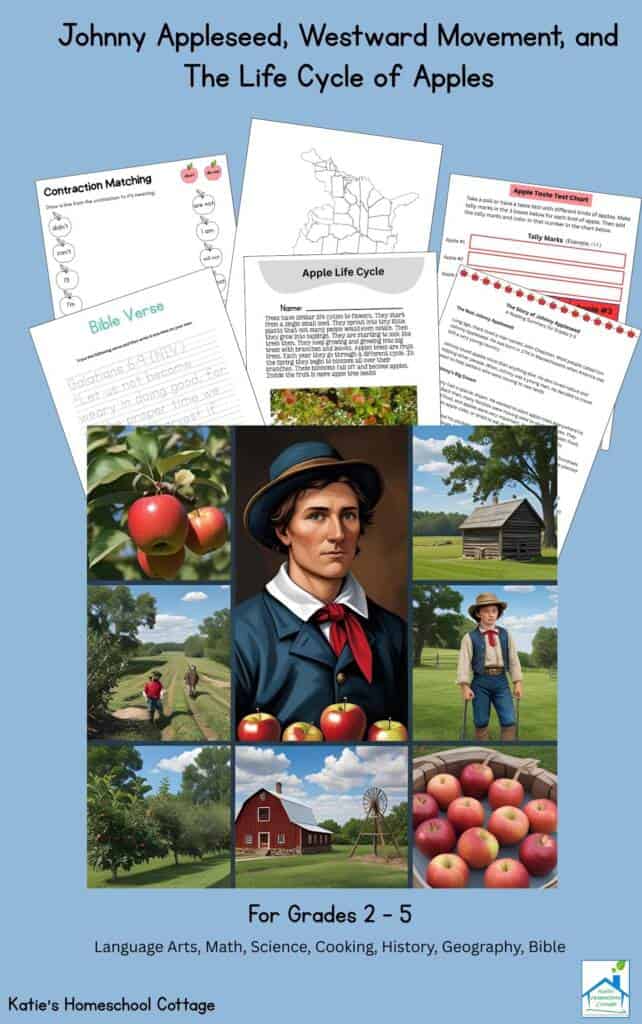
Other unit studies we’ve loved include monarch butterfly migration (which connects to geography, weather patterns, and life cycles), ocean studies (covering everything from tides to marine biology), and one of our favorites – backyard bird studies that had us learning about migration and the Earth’s magnetic field, nesting habits, and local ecosystems.
Our unit studies began with topics we studied in our nature studies.
Thunder during storms became a unit study in sound waves and sonar. Lightning from the same storm became a unit study in electricity. Rain from that storm became a unit study in the water cycle and acid rain and pollution.
Nature Hikes: The Ultimate Classroom
I used to think nature hikes were just exercise with pretty scenery. Now I realize they’re like having a university campus right outside our door!
Here’s how we turned regular walks into science adventures: Before we left and while we walked we talked about what we might see. Are we walking through woods, meadows, or along a creek? What animals might live there? What plants should we expect to find?
Our nature studies (mentioned above) have question and activity suggestions for you to use each month for several different topics or observations you would typically notice during specific seasons of your nature walks.
During our hikes, I learned to slow down and really look. When my son asked, “Why do these flowers only grow in the shady spots?” we stopped and investigated. When he noticed that all the birds seem more active in the early morning, we talked about why that might be.
We brought collection bags for treasures (in places where this would be allowed) – interesting rocks, beautiful leaves, unusual seed pods. Back home, these became the subjects for further investigation.
We used our field guides to identify our finds, and the kids added their discoveries to their nature journals. We also had a nature basket on our bookshelf for them to keep their treasures and study them.
Here is a Nature Hike Supply Checklist we used to fill our little nature backpack to make sure we were prepared with the “proper” and needed supplies.
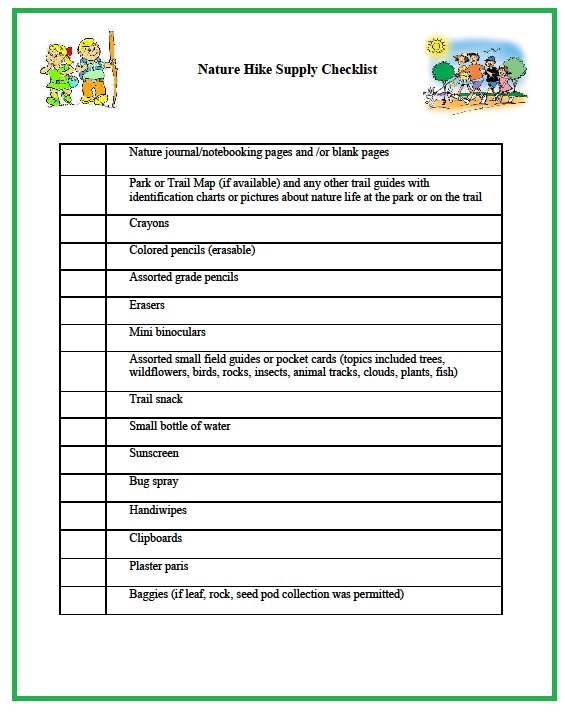
Some of our best learning happened on these hikes. Like the time we found deer tracks and followed them to learn about animal behavior and we made casts of Plaster Paris.
We then read books about deer, their habitat and habits which also included the food web to learn what they ate and what their predators might be.
And mama, don’t worry if you can’t answer every question on the spot. Some of our best bonding has happened when I’ve said, “That’s a fantastic question – let’s figure it out together when we get home!”
Kitchen Chemistry: Science You Can Eat
Can I share something that changed my whole perspective on teaching chemistry? It happens every day in your kitchen! Every time you cook or bake, you’re demonstrating scientific principles, and your kids can learn by watching, helping, and tasting the results.
Bread baking became our favorite chemistry lesson. We talked about how yeast is actually alive (which totally grosses out my kids in the best way), eating sugar and producing gas bubbles that make bread rise. When we baked the bread, we discussed how heat changes the structure of proteins and starches.
Making pancakes turned into lessons about chemical reactions when we added baking soda to acidic buttermilk and watched it bubble. Ice cream making taught us about freezing points and why salt makes ice colder. Even scrambling eggs became a mini-lesson about how heat changes protein structure.
We started keeping a kitchen science journal where the kids wrote down observations about cooking. What happens to butter at different temperatures? Why does bread dough rise faster on warm days? Why do some vegetables change color when we cook them?
The beautiful thing about kitchen chemistry is that it makes science feel normal and accessible. Science isn’t something that only happens in labs – it’s part of daily life, and your kids start understanding that.
We included cooking in all of our unit studies whether it was A Christmas Around the World Unit Study where we made a recipe for each country we studied or our historical time period and place unit studied such as our Middle Ages Unit Study or Ancient Greece Unit Study where we mad our own pita bread and more.
Gardening: Life Science in Action
Even if you think you have a black thumb (like I did!), gardening can become one of your most powerful science teaching tools. And you don’t need acres – we started with planting a couple of sunflower seeds and grew our first sunflower.
We moved from that one sunflower to a raised bed where one of my sons grew some green beans and then entered them into a 4-H Club ribbon competition for the local state fair.
We began with easy, fast-growing plants because let’s be honest, kids need to see results quickly or they lose interest. Beans and sunflowers became our gateway plants. Watching seeds germinate and grow into actual food felt like magic to my kids.
Our little garden became a living laboratory. We planted seeds in different types of soil to see how growing medium affects plant health. We grew identical plants with different amounts of water to understand what plants need to thrive. We created a compost bin and watched food scraps turn into rich soil (which my kids found fascinatingly gross).
We studied worms and why they were so beneficial for the soil and the process of composting.
The ecosystem aspects fascinated us too. Who visits our plants? We learned to identify beneficial insects versus pests. We watched bees pollinate my squash flowers (I had my own raised bed for more vegetables) and then later found tiny squash developing. We discovered that our sunflowers attracted goldfinches who loved the seeds.
Weather became personal when we had plants depending on it. The kids learned to read weather patterns and understand what their plants needed. Drought meant more watering, cold snaps meant covering tender plants, and rainy periods meant watching for pest problems.
And mama, here’s the truth – we killed plants. Lots of them! But those failures became learning opportunities too. Why did the tomatoes get blight? How can we prevent it next year? What happens when plants don’t get enough water?
Our garden science journals documented everything – growth measurements, weather conditions, pest problems, harvest dates. Over time, these records became valuable data that helped us become better gardeners and scientists.
Putting It All Together: The Beautiful Mess of Natural Learning
Here’s what I love most about this approach – everything connects! The butterfly we identified on our nature hike shows up in the living book we’re reading. The seeds we planted in our garden become subjects for our nature journals. The cooking experiments relate to the plant chemistry we’re observing in our garden.
This is how real science works – nothing exists in isolation. Everything connects to everything else in beautiful, complex ways. And your kids start seeing these connections naturally.
I used to worry that without formal curricula and structured lessons, my kids wouldn’t learn “enough” science. But you know what? They’ve learned more this way than they ever did from textbooks. More importantly, they’ve developed curiosity, observation skills, and critical thinking abilities that will serve them forever.
And mama, here’s the most liberating part – you don’t need to be a science expert! Your job isn’t to know everything; it’s to facilitate curiosity and model scientific thinking. When your kids ask questions you can’t answer (and they will), say “Let’s find out together!” This teaches them that not knowing something immediately is perfectly okay – what matters is knowing how to find answers.
Some days our science learning is formal – nature journal time, planned experiments, or structured unit study activities. Other days it’s completely spontaneous – stopping to investigate an interesting cloud formation, discussing why ice forms on the car windows, or talking about why certain birds only visit our feeder in winter.
Both approaches are valuable. The key is staying open to learning opportunities and trusting that consistent exposure to natural science experiences will develop your children’s understanding over time.
Start Where You Are, With What You Have
Ready to get started? Don’t feel like you need everything at once. Pick one approach that feels manageable and begin there. Maybe it’s starting nature journals next week. Maybe it’s checking out some living science books from the library. Maybe it’s paying attention to the science happening in your kitchen today.
The goal isn’t to create little scientists (although some kids might discover that passion). The goal is raising thinking, curious, observant human beings who understand how to ask questions and find answers.
Your kids are already natural scientists – they’re curious, they ask questions, they experiment and observe. You’re simply providing tools and opportunities to channel that natural curiosity into deeper learning.
And here’s something I wish someone had told me when I was stressing about science curricula: Your enthusiasm matters more than your expertise. When you get excited about a bird sighting, your kids will too. When you wonder aloud about why something works the way it does, you’re modeling scientific thinking.
This approach has made science one of our family’s favorite subjects. We looked forward to our nature walks, we got excited about new books, and my kids regularly shared fascinating facts they discovered. Science became part of who we are, not just something we “do school” about.
So take a deep breath, mama. You’ve got this. Step outside with your kids tomorrow, grab a notebook, and start paying attention to the amazing world right outside your door. Homeschooling science education is happening all around you – you just need to notice it, document it, and celebrate it with your children.
Trust me, once you see how naturally this works, you’ll wonder why anyone ever thought science in homeschool had to be complicated!
